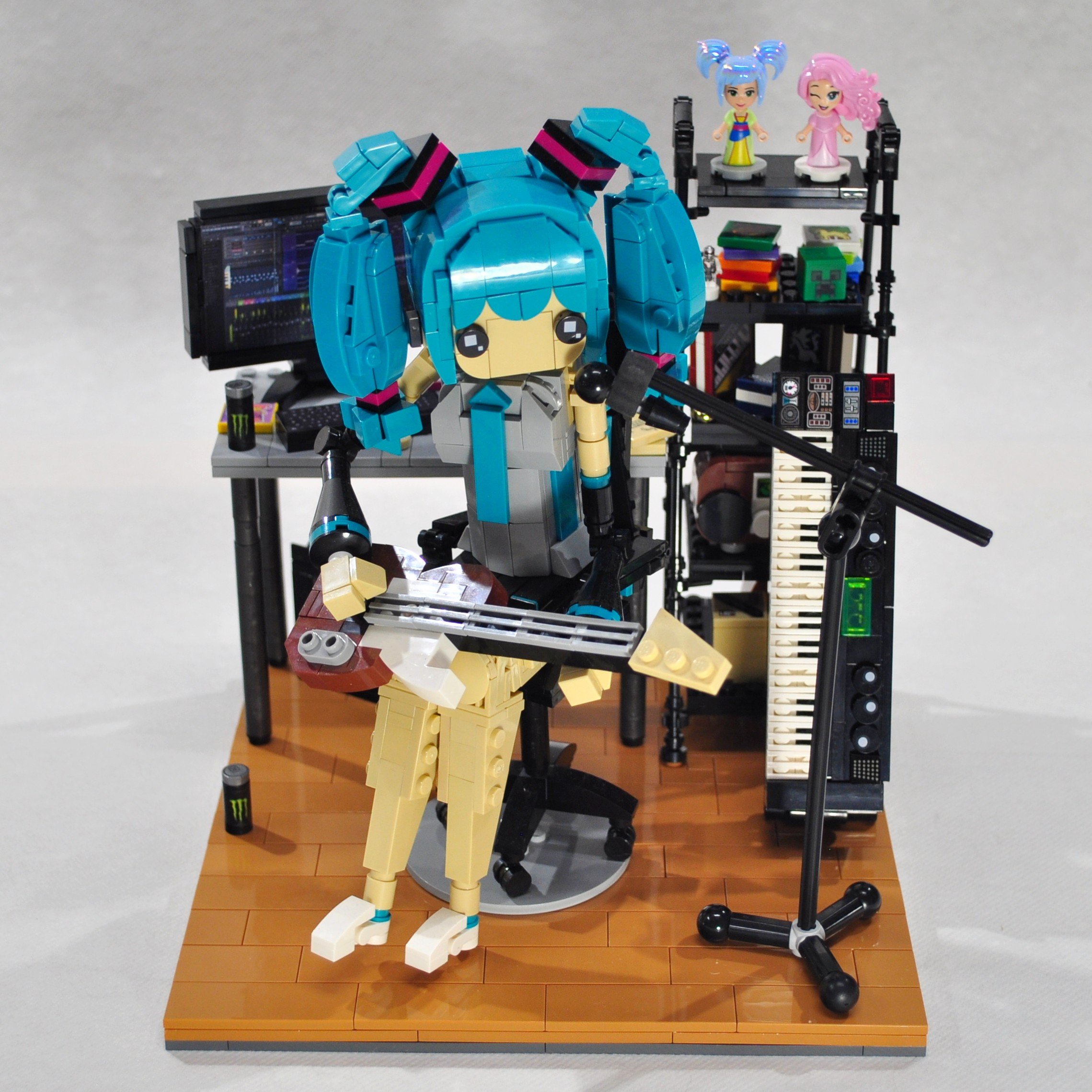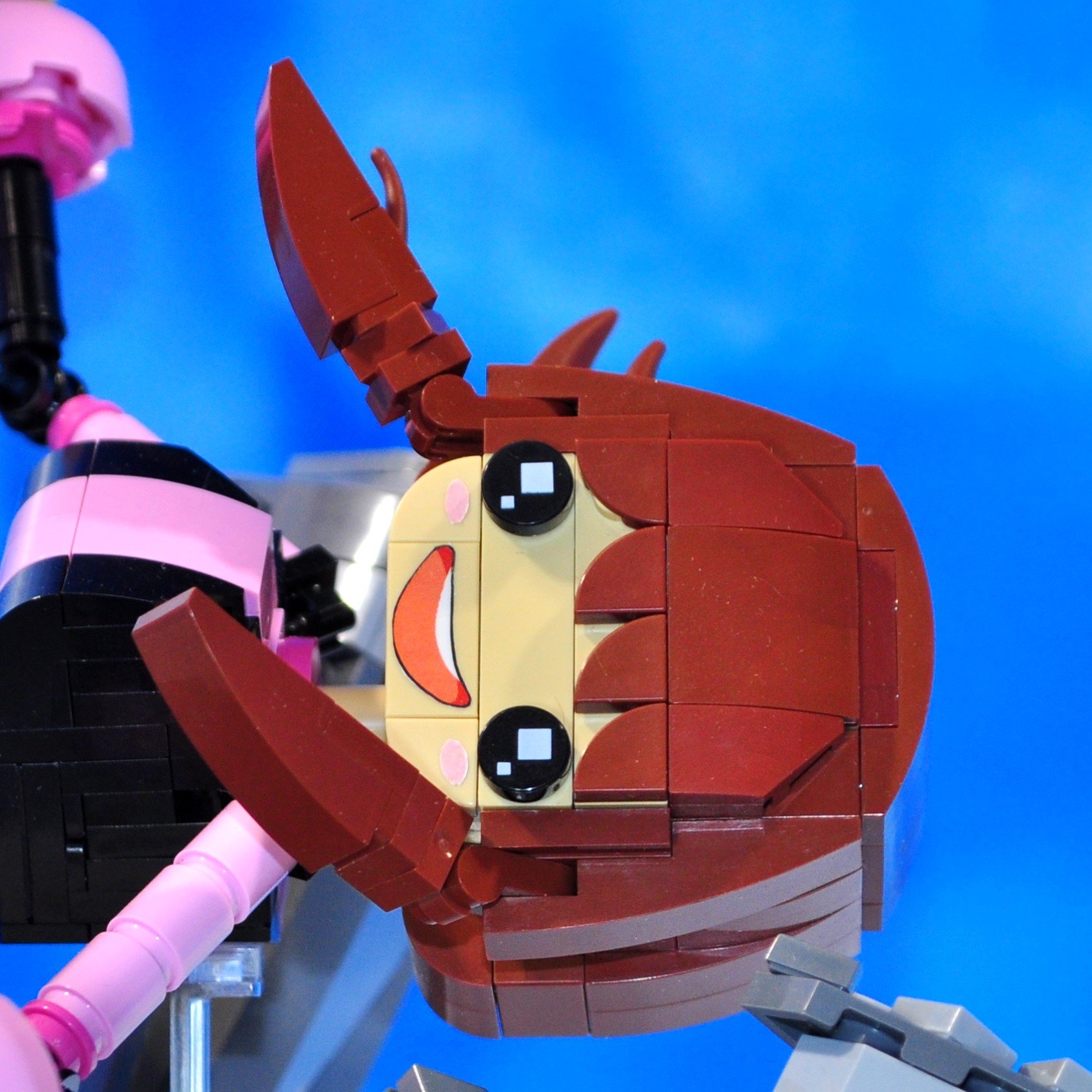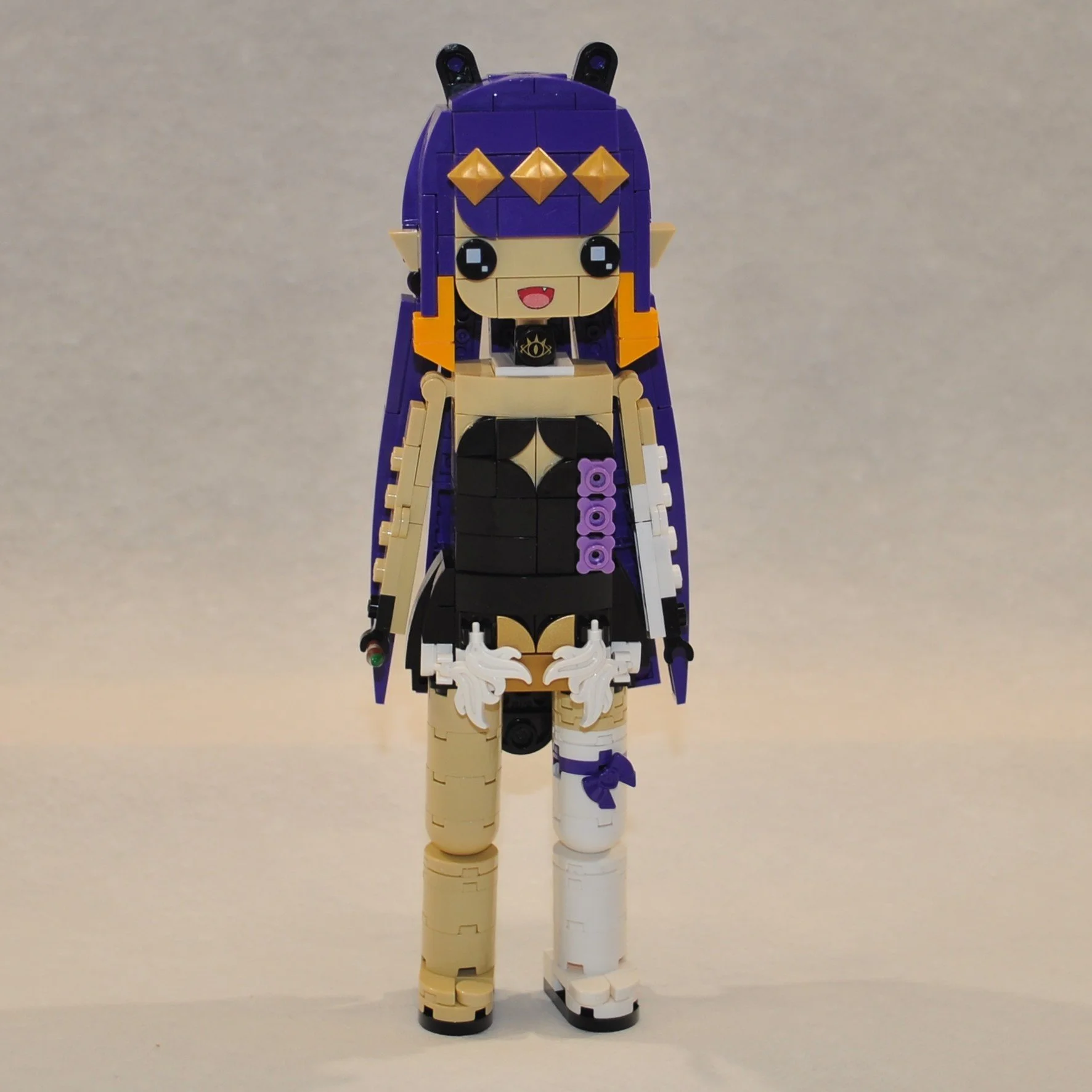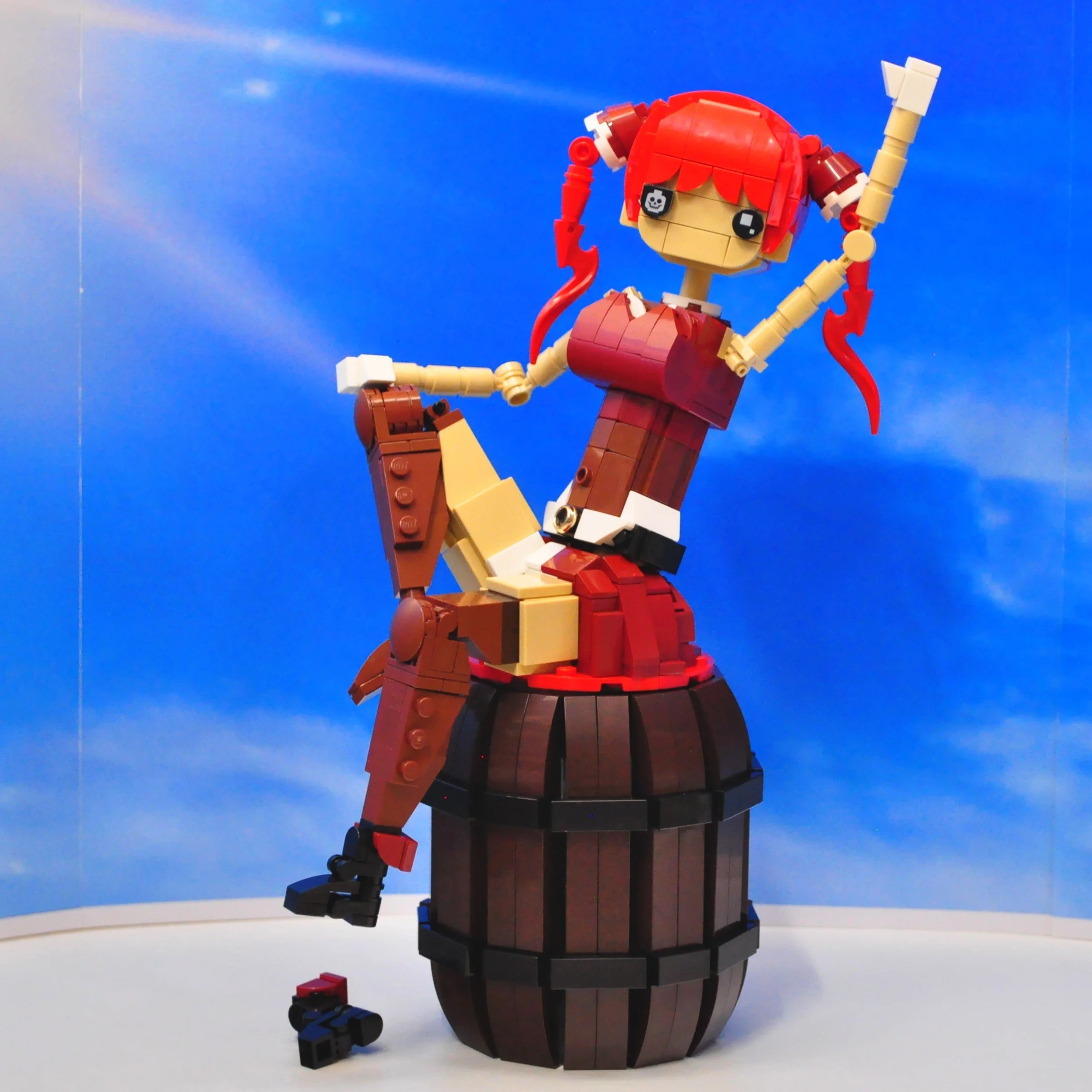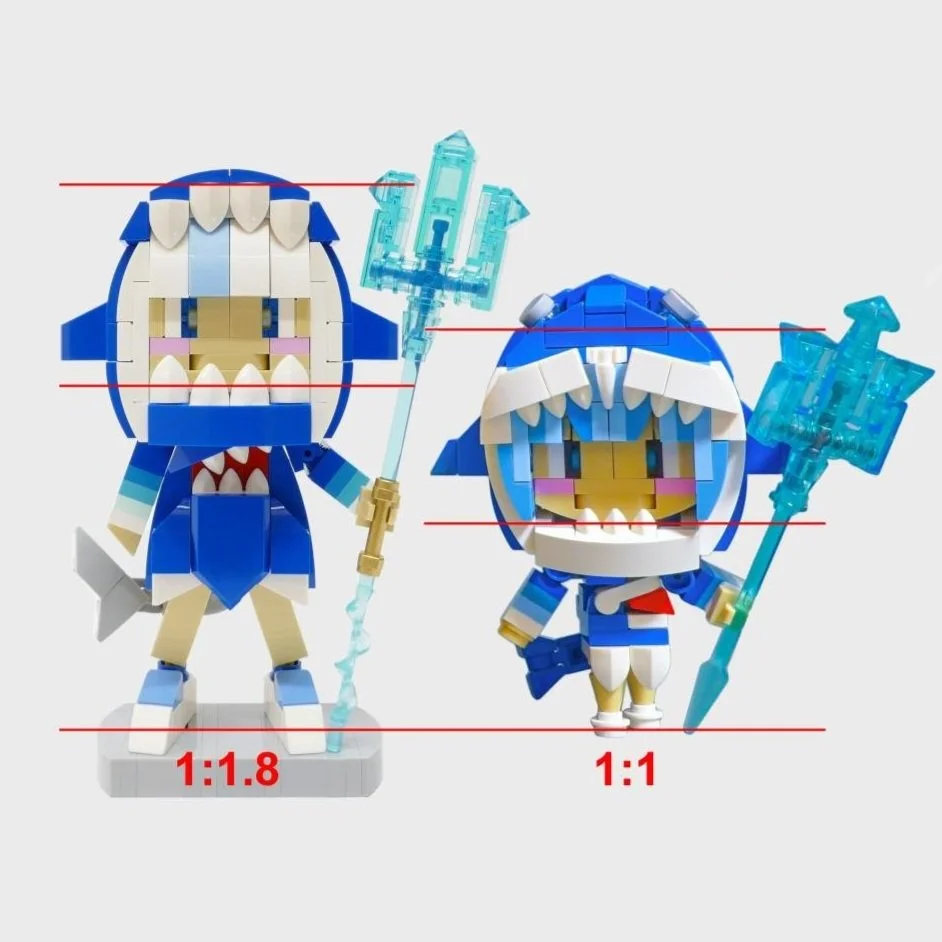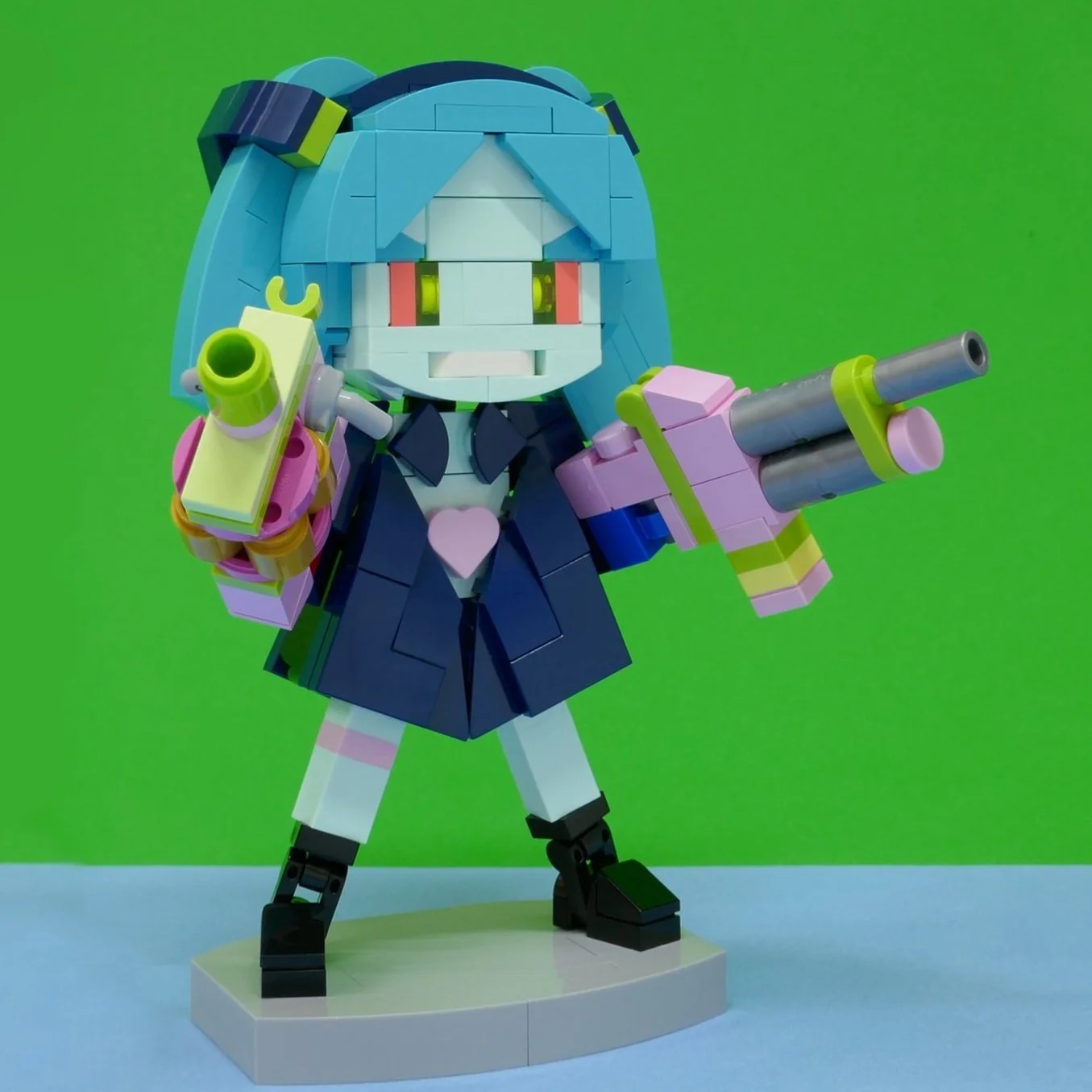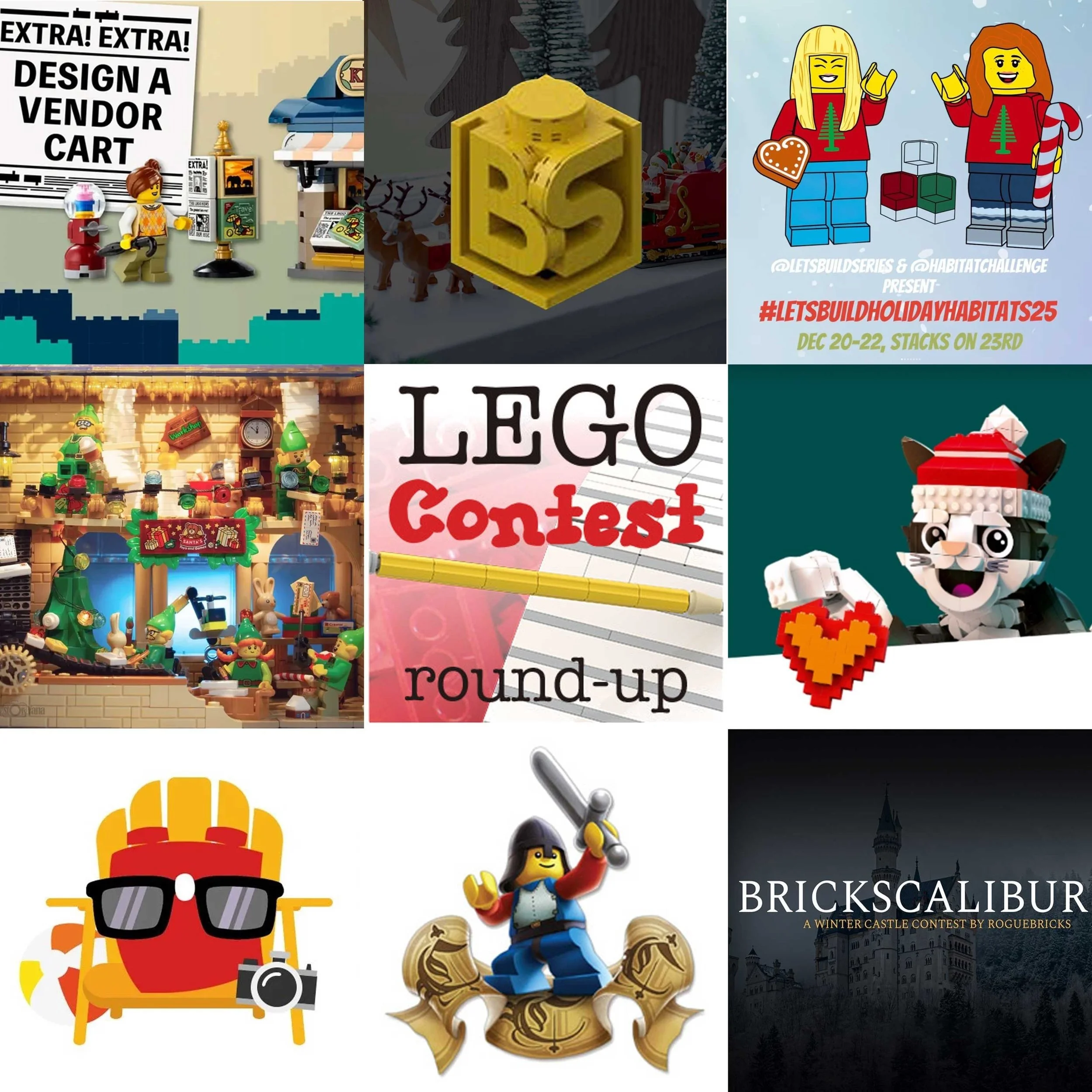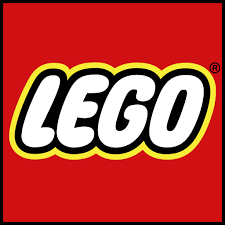Building LEGO Manga and Anime Characters in Europe
/Building LEGO creations of manga and anime characters is usually the specialty of MOCers from Asia. It’s rare to come across this style in Europe. I had the chance to cross paths with Benjamin Walter, aka Bad Brick Boy, and chat with him to bring an overview of his fascinating work for BrickNerd readers.
Meet Benjamin
Sam: Hi Benjamin! We've met at several exhibitions in eastern France, but you're focusing on a theme from a much more distant region—manga?
Benjamin: Hi Sam, I’ve been to a lot of exhibitions over the last few years, but my passion for LEGO goes back much further! Even as a kid, I used to reproduce the sets I saw in magazines with the bricks I had at home. Then with time and experience, I was able to turn my ideas into MOCs.
For some time now, my favorite theme has been the reproduction of characters from Japanese Manga/Anime/VTubers culture. After diving back into the world of manga, I tried to buy figurines of the heroines that got me hooked, but the price quickly made me reconsider, and I figured I’d probably have enough bricks to try my hand at creating my own figurines.
References and Custom Decals
Sam: What are your references in terms of manga? Are you more of a reader or watcher of anime?
Benjamin: I both read a lot and watch anime with my partner, but I confess to a preference for books, for example, My Hero Academia or Laid Back Camp.
Sam: Do you draw inspiration from specific Asian builders who also specialize in this type of character?
Benjamin: Not really. At first, I tried to take inspiration from MOCs I found on the net, but never quite achieved the expected result. In the end, I noticed that even if we have similar inspirations, each of us really has a unique style. For my part, I drew a lot of inspiration from BrickHeadz for the faces of my figures, and the proportions of the bodies flowed naturally from this.
Sam: You don't just make the characters, you also add sets and accessories?
Benjamin: In fact, right from my very first MOCs in this theme, I integrated various accessories into the constructions so that with a single character, you can immediately attach it to a universe and bring it to life. They say the devil’s in the details, and I can assure you that I spend a lot of time fine-tuning them, even if sometimes you can barely see them!
For reference, the MOC below is inspired by a drawing made by an artist called Aina 156cm on pixiv.
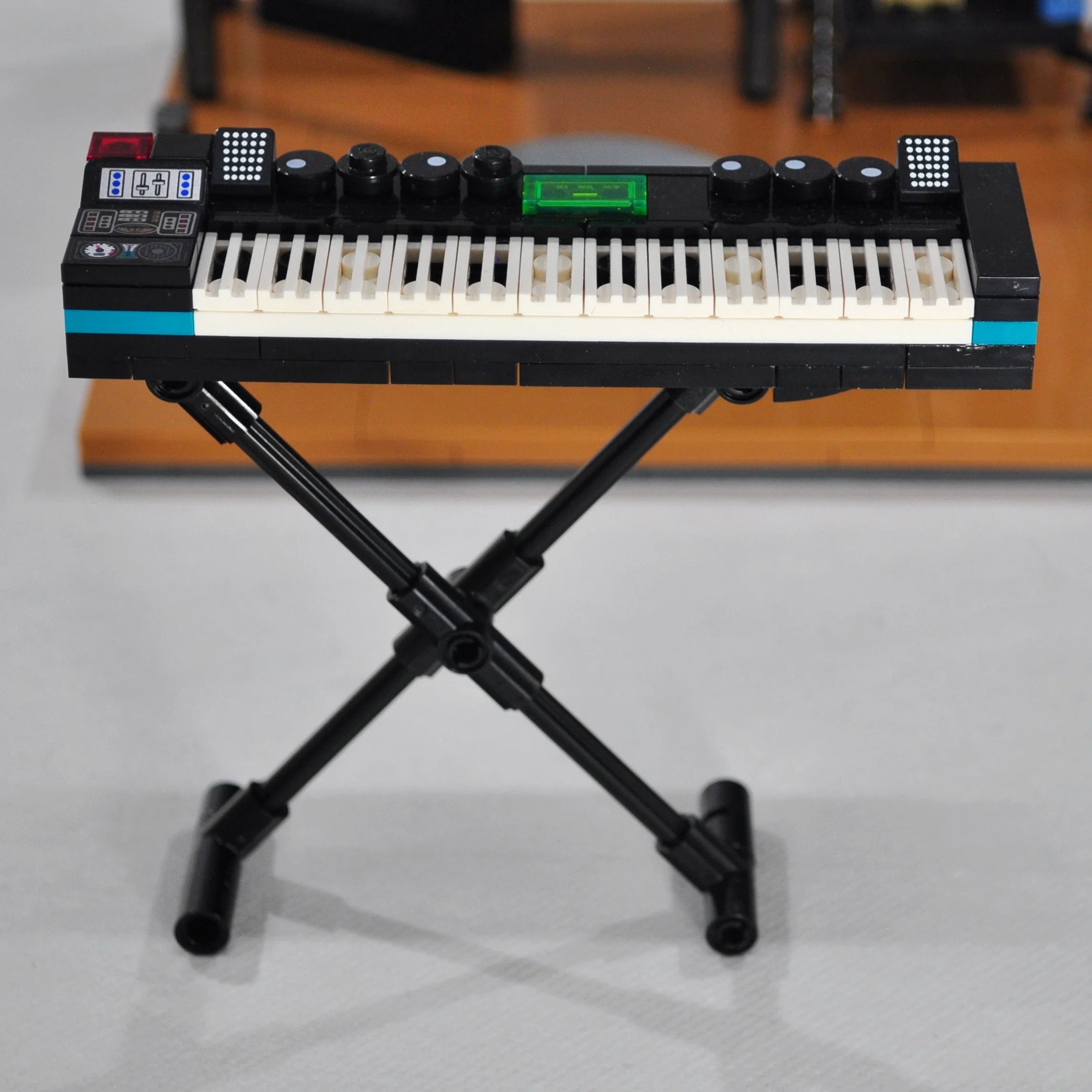
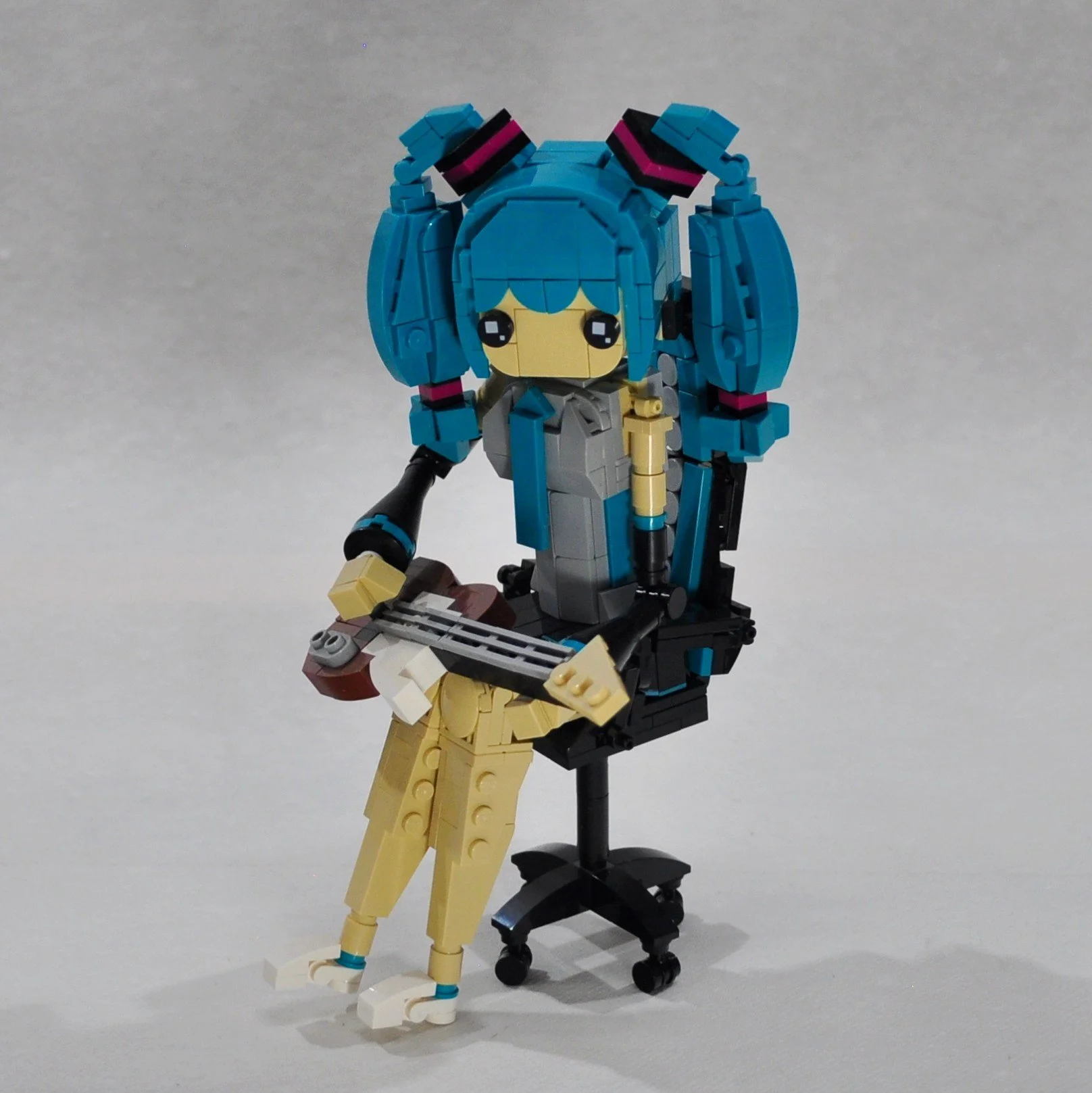
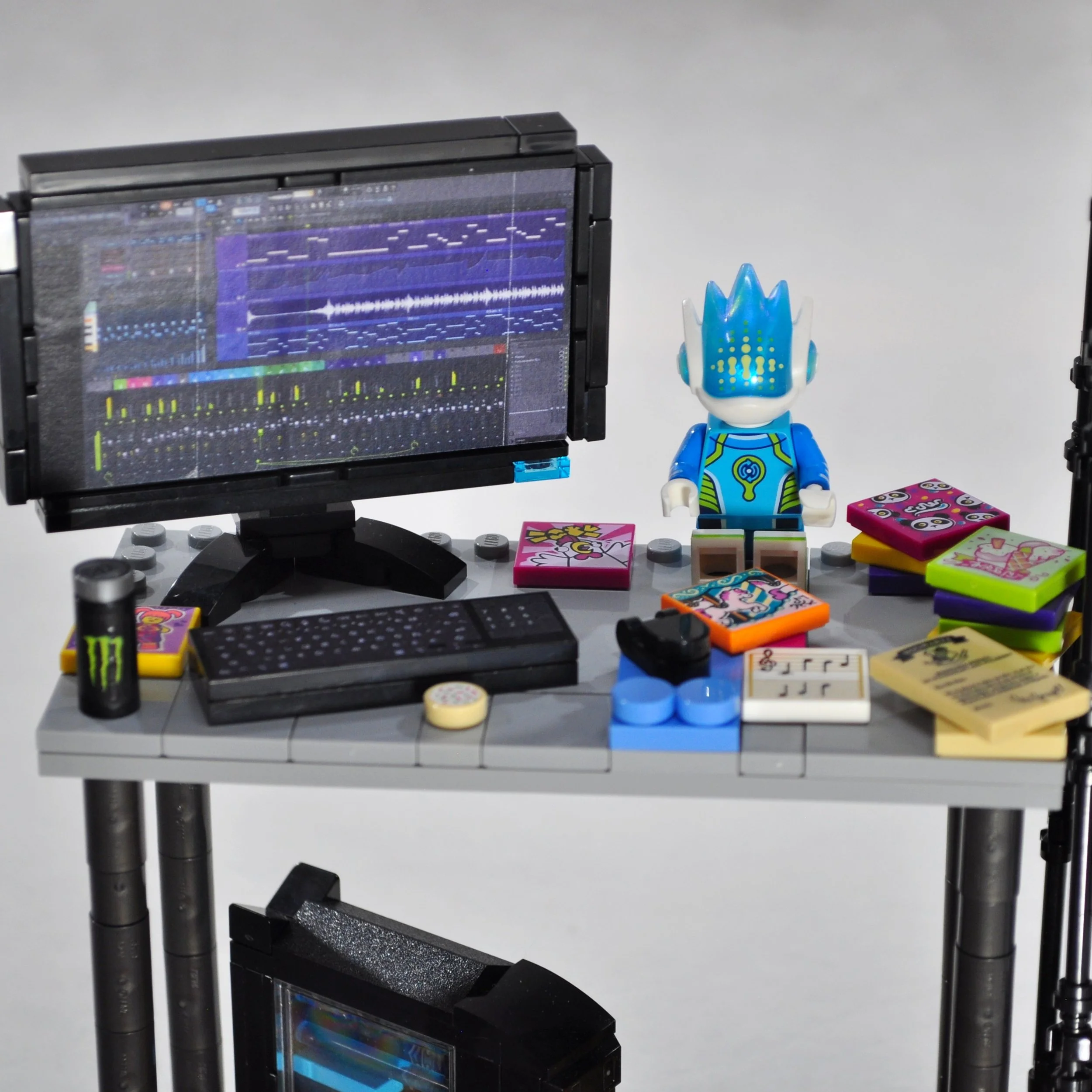

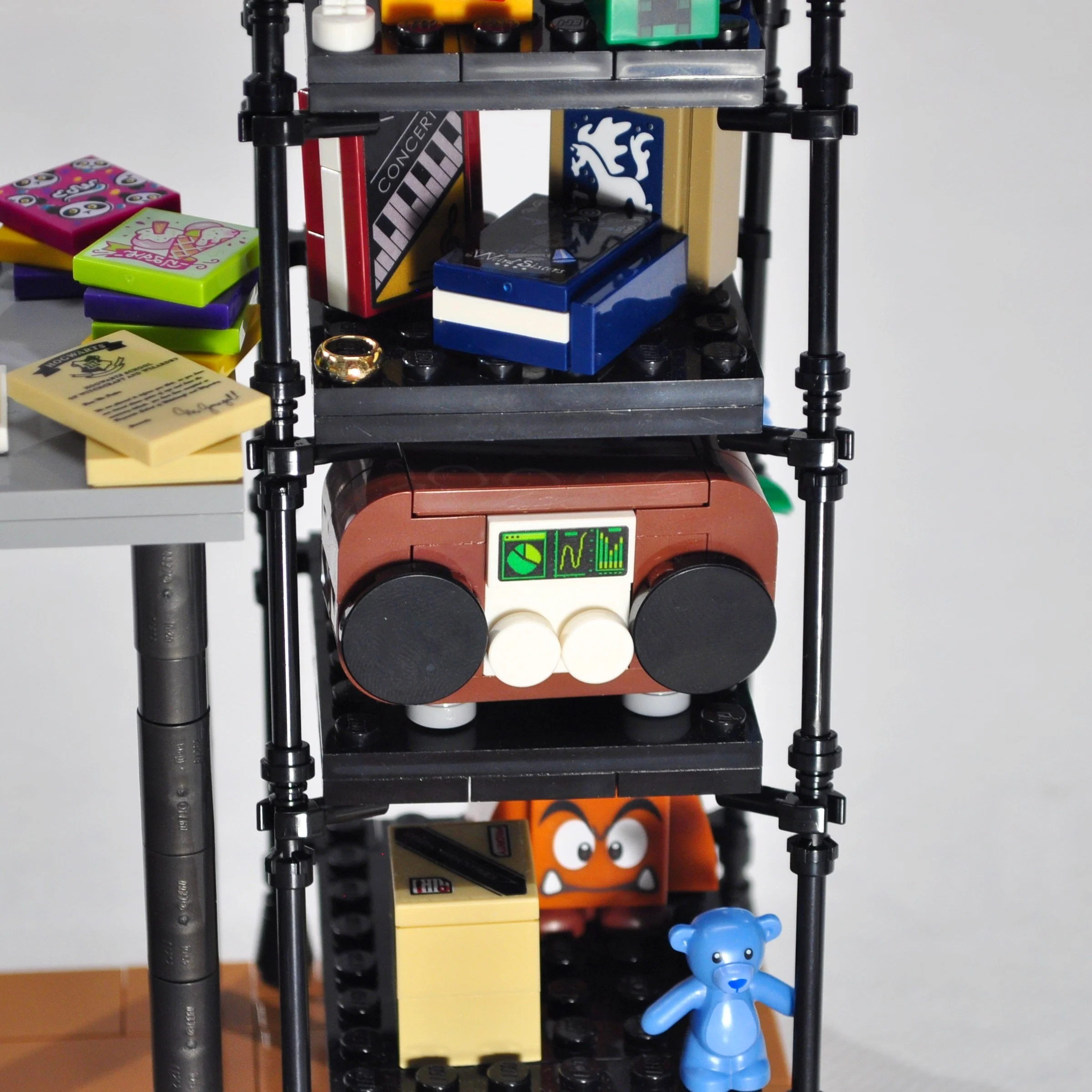
Sam: You sometimes use custom stickers for your characters. Why and how do you do this?
Benjamin: Unlike many MOCers, I like to use stickers. I always keep the empty sheets after I’ve built a set, so I can make lots of little details that couldn’t be done with just bricks—for example, the laces on these shoes.
Note: Our readers can visit this article for more information on how to make custom vinyl decals.
But sometimes that’s not enough. For example, adding a mouth to a figurine or a print on a garment. In these cases, I draw what I need on PowerPoint, using as many simple shapes as possible, or I copy a model from the internet (I’m not very good at digital drawing) and print it on “water transfer” paper, the same as that is used in model making.
In general, I print the drawing with a slight variation in size to make sure that the result matches the proportions of the figure. I try as much as possible to create details with bricks, but sometimes, that’s just not possible at this scale.
Yuru Camp and Building a Larger Scene
Sam: There’s a camping scene from some manga you recreated. Can you tell us what manga it’s from and about the making of it?
Benjamin: This MOC is inspired by the manga and anime Yuru Camp. The story is about a high-school girl who loves camping (the character sitting in the chair) and who passes on her passion to the other characters. The MOC does not represent a particular scene but rather the general atmosphere of the original medium.
It was quite a challenge on several levels: the camping chair, the pink-haired character’s backpack, the little dog that had to fit in his mistress’s arms, and the different textures of the down jackets/scarves. Not to mention the cooler, which contains details you hardly ever see. For the tent, I wanted to make it out of bricks at first, but when I saw that even LEGO uses fabric or soft plastic elements to make tents, I gave up on bricks altogether. Well, not really, since the inner structure is made of Technic!

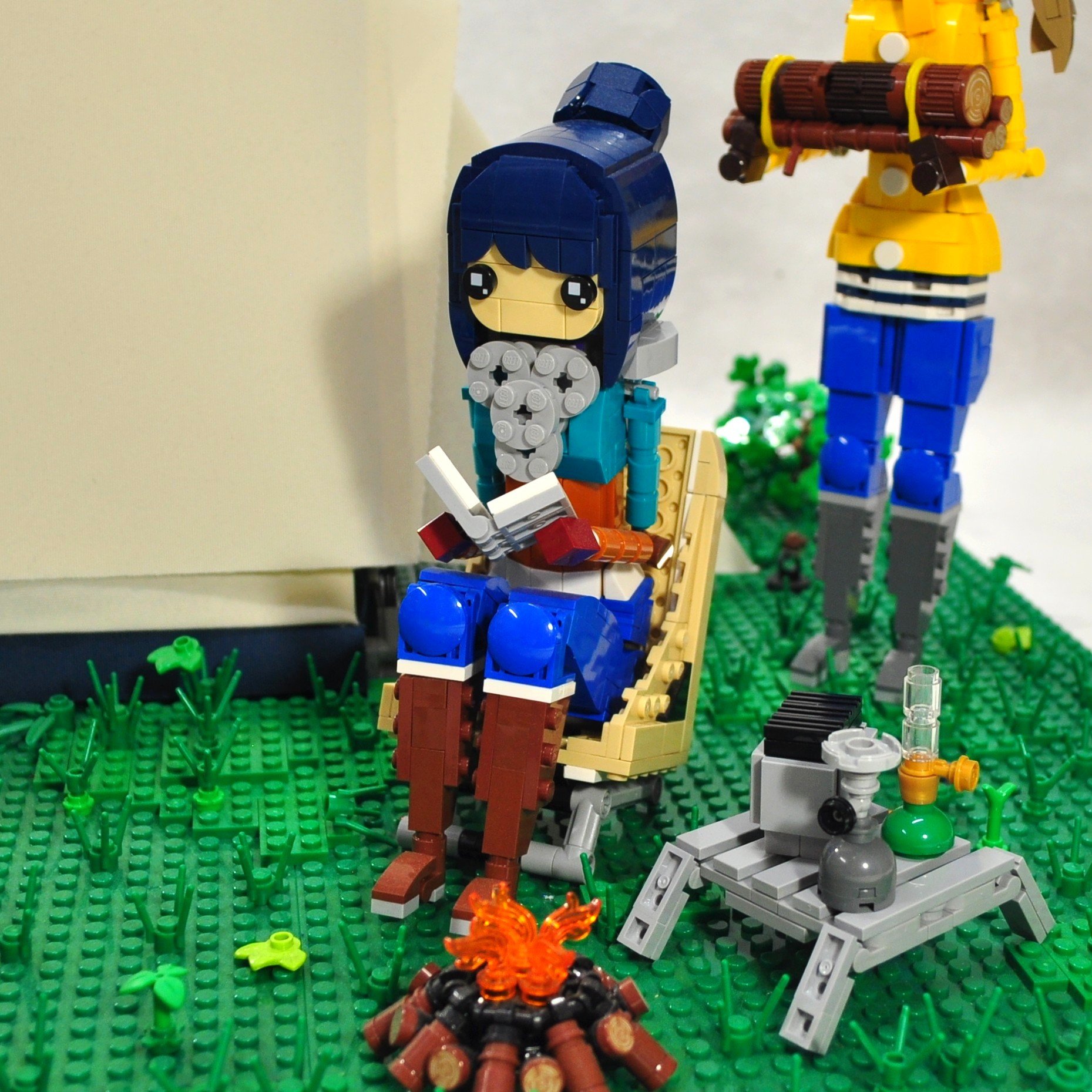
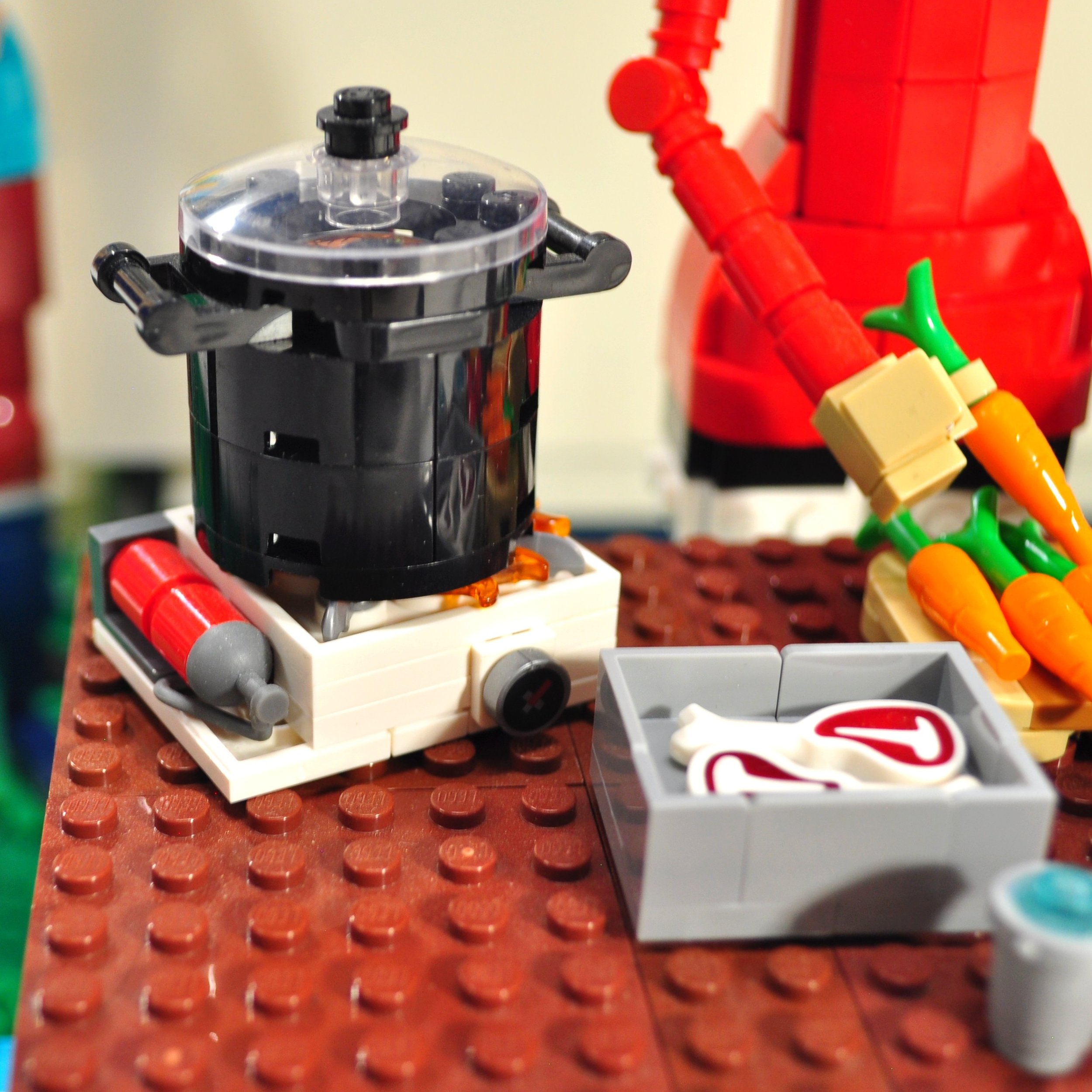

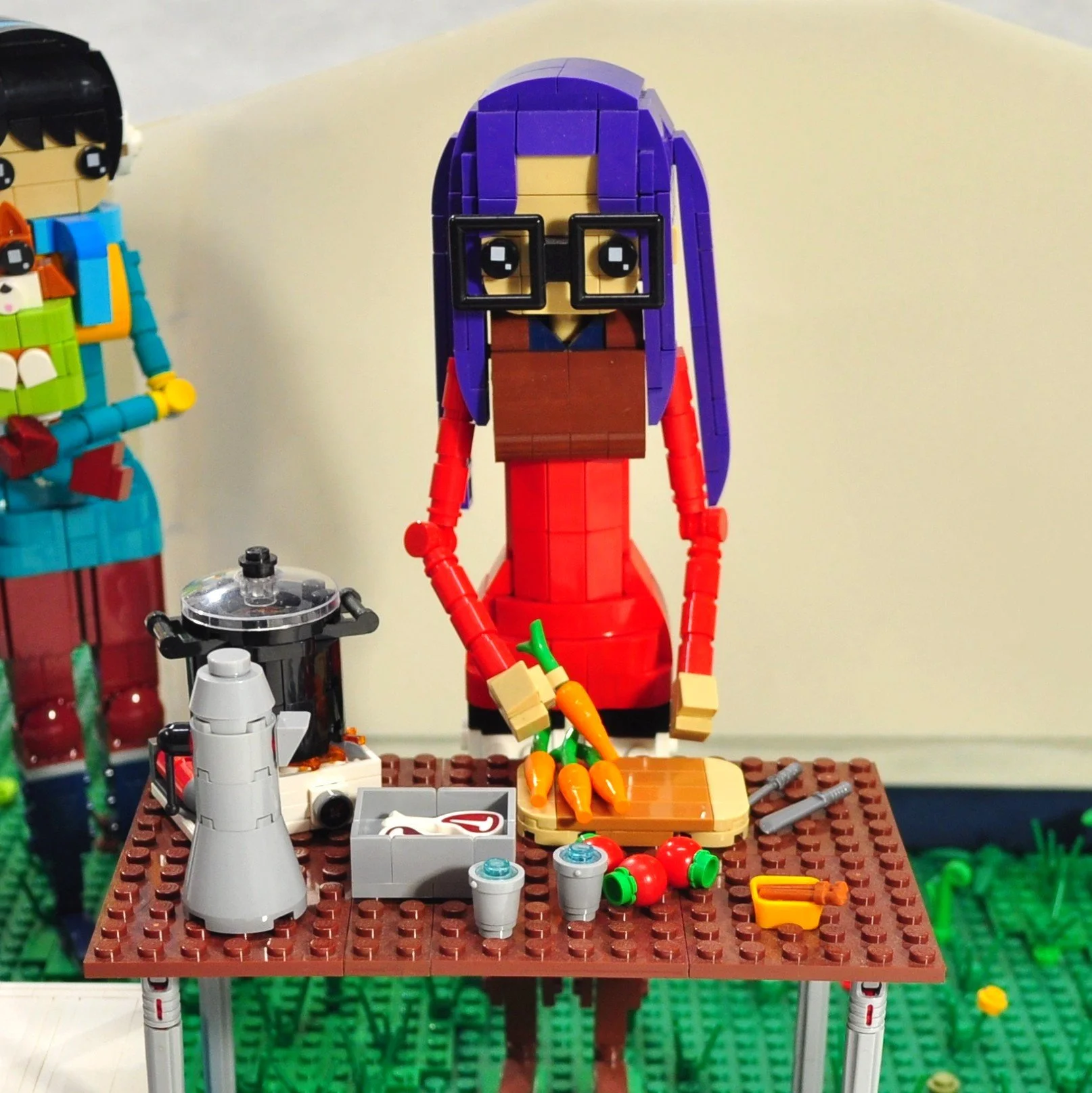
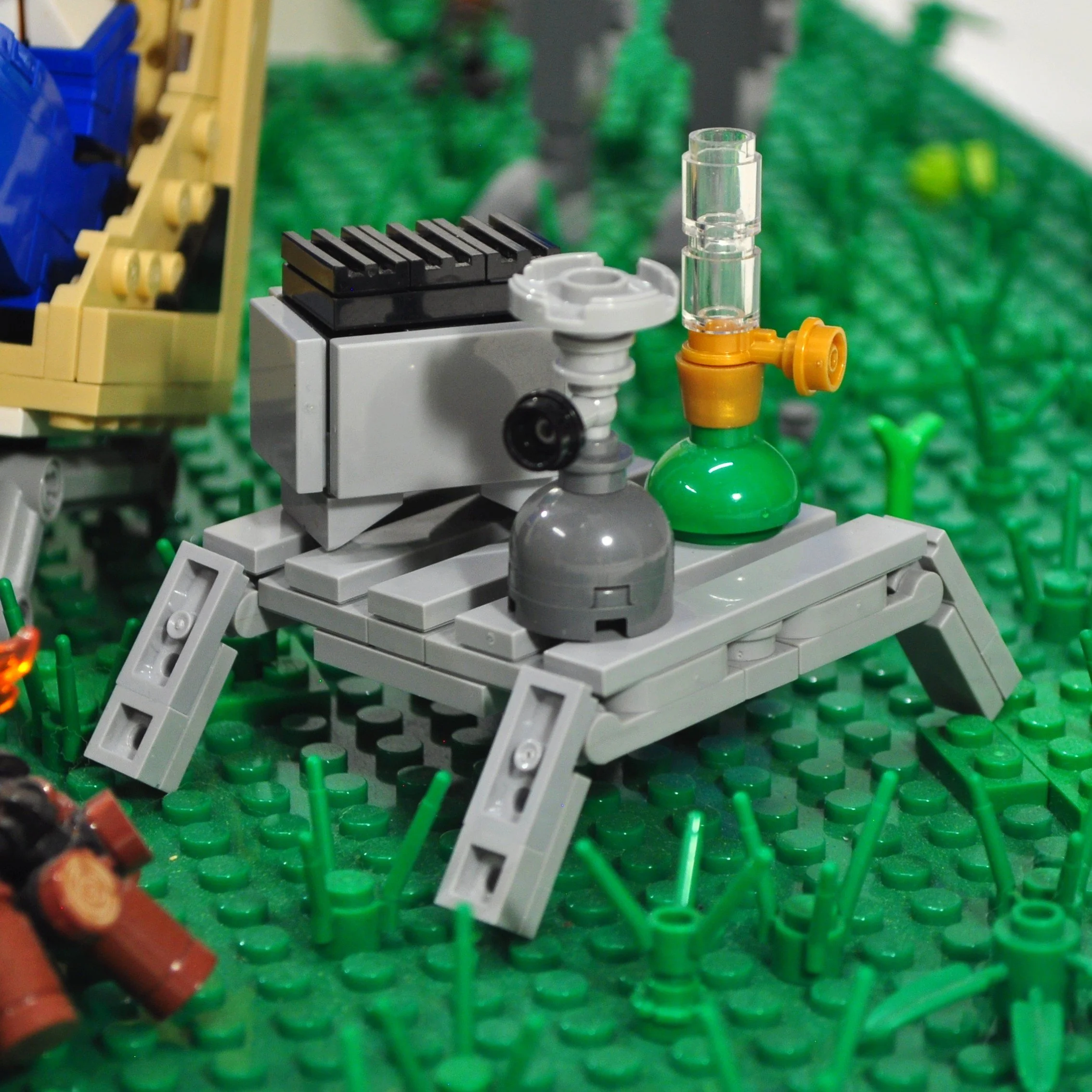
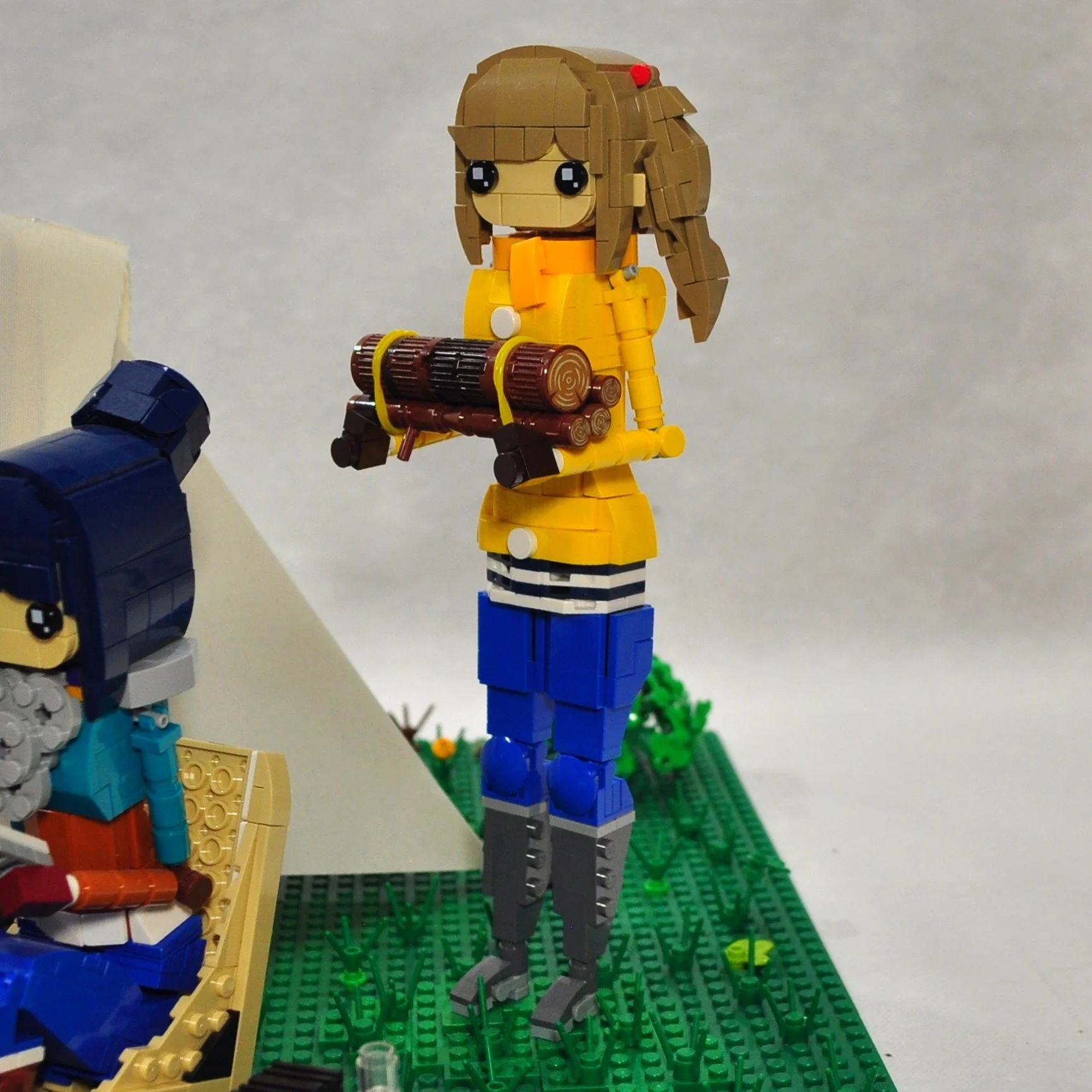
Tiny Details and Articulation
Sam: I’ve seen some cool techniques in all your creations. Can you show us, for example, how you attach those little Friends accessories to the legs?
Benjamin: I see you’ve got a good eye! Indeed, after a lot of experimentation, I’ve found that the accessories on the minibars that normally attach to the minifigs’' hair fit quite well inside flex tube. The diameter of the flex tube allows them to slide into the hollow of the bricks/round plates. So I cut a small piece of flex tube to the right length so that it wouldn’t stick out, and inserting the accessory inside slightly increases the diameter of the flex tube, which no longer moves in its slot.
Sam: Articulations are particularly difficult to create in LEGO. (Again, read an article all about LEGO joints here!) And yet, they are essential for giving the characters the dynamic poses we see on many of your creations. Could you tell us more?
Benjamin: It’s very important for me to be able to position the arms and legs at will—it brings the characters to life!
It’s a good thing LEGO produced the 1x1 round plates with a bar on the side—without them, I’d have had a much harder time making the elbows of my figures. Unfortunately, the color selection is still poor, and it’s quite restrictive.
I‘m quite happy with the knees. I was afraid there wouldn’t be enough friction, but in the end, they’re enough to hold all the figures.
Designing a Life-Size Figure
Sam: Let's talk about your biggest achievement—you made the Gawr Gura character out of bricks. How did you go about creating it?
Benjamin: It’s been my biggest LEGO challenge to date! It took me almost a year to design the character using Stud.io software. To make sure I got the proportions correct, I printed out a reference model on paper and placed bricks on it to measure all the dimensions. In the end, with the exception of a few copy/pastes, I built the model entirely digitally.
Then it took me six to seven months to buy the 16,000 parts needed to build it on BrickLink. If I remember correctly, the parts came from at least six different countries across Europe!
In the meantime, I researched the most economical solution for gluing so many bricks. It’s a bit taboo in the LEGO community to glue bricks, but it was necessary to be able to move it safely.
I then spent three hours a day for three months assembling everything to get it ready for the Fanakidz brick exhibition. And now it’s in my LEGO room, and I’m very proud of it!
Sam: Thank you, Benjamin, for sharing your world of manga MOCs with us.
Benjamin: It was my pleasure! Thank you, Sam!
What life-size character would you like to build? Leave your thoughts in the comments below.
Do you want to help BrickNerd continue publishing articles like this one? Become a top patron like Marc & Liz Puleo, Paige Mueller, Rob Klingberg from Brickstuff, John & Joshua Hanlon from Beyond the Brick, Megan Lum, Andy Price, Lukas Kurth from StoneWars, Wayne Tyler, LeAnna Taylor, Monica Innis, Dan Church, Roxanne Baxter, and Steven Laughlin to show your support, get early access, exclusive swag and more.







